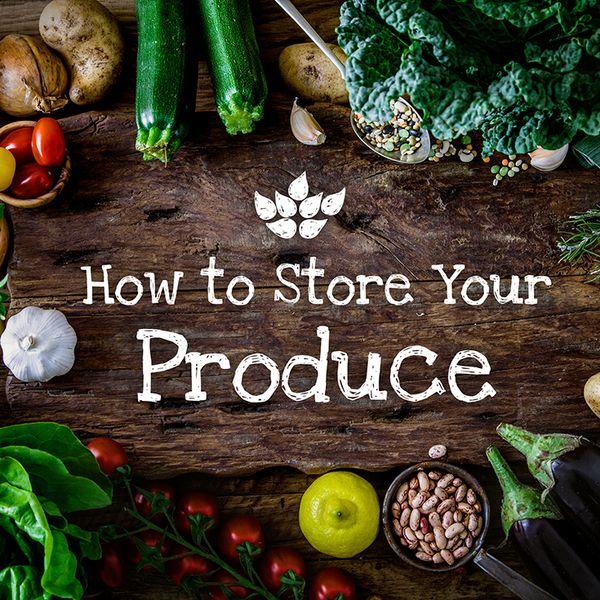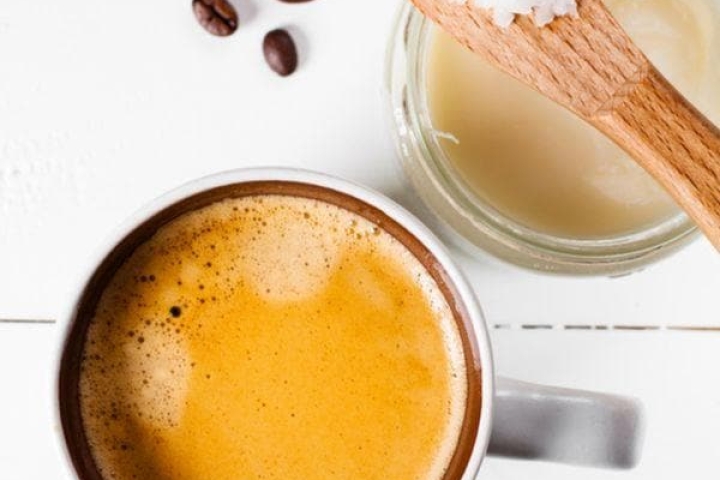Storing Produce How to Keep Fruits & Vegetables Garden Fresh
With CSA’s (community supported agriculture) and farmers’ markets hitting full swing, now is a good time for a little refresher on the proper ways to store all that fresh produce to keep it from spoiling.
These five infographics cover the basics of storing fresh fruit and vegetables. If you’ve got better tips and tricks for keeping produce fresh, please leave a comment and we can keep this handy produce storage guide up-to-date!
Fruits & Veggies to Keep Cold
<p><strong>Please include attribution to NaturespanVitamins.com with this graphic.</strong><br /><br /><a href='https://www.Naturespanvitamins.com/blog/health-news-and-opinion/storing-produce'><img src='https://cdn.app.compendium.com/uploads/user/60e1f3de-9022-4822-b04f-6e65a57f5d12/d54ddd62-8116-489c-a52f-259dea7f4fbb/Image/663fe7add0f81edfc0cb79aaf297f4f6/infographic_1_storing_produce_04.jpg' alt='Guide to Storing Produce' width='640px' border='0' /></a></p>
Certain fruit and vegetables (mostly vegetables) prefer cool, dark places… This isn’t necessarily the fridge, but somewhere out of the sun and cooler than your average kitchen.
Store in the Fridge Store in a Cool, Dark Pantry Asparagus (in water, like flowers) Shallots Broccoli Beets Cauliflower Eggplant Bell peppers Garlic Brussels sprouts Potatoes Cabbage Ginger Carrots Leeks Kale Peas (in the pod) Mushrooms Spinach Radishes (trim tops before refrigerating)Fruits & Veggies to Keep On the Counter
<p><strong>Please include attribution to NaturespanVitamins.com with this graphic.</strong><br /><br /><a href='https://www.Naturespanvitamins.com/blog/health-news-and-opinion/storing-produce'><img src='https://cdn.app.compendium.com/uploads/user/60e1f3de-9022-4822-b04f-6e65a57f5d12/d54ddd62-8116-489c-a52f-259dea7f4fbb/Image/0290bbade1d404918b36ee637063e558/infographic_2_storing_produce_02.jpg' alt='Guide to Storing Produce' width='640px' border='0' /></a></p>
A lot of fresh produce is best kept out at room temperature, unwashed until right before use. In most cases, however, fruit will need to either be used or moved into the fridge once it ripens.
Store on Counter Until Ripe Store on Counter Until Eaten Grapefruit Cucumbers Grapes Avocados Kiwi Onions (once cut, they go in the fridge) Limes Bananas Lemons Corn (in husk) Mango Garlic Oranges Squash Peaches Green beans Pears Tomatoes (let them breath) Pineapple Yams Cherries Apricots Watermelon ApplesFresh Herbs Like It Cool and Humid
Image credit: Serious Eats
Treat leafy herbs like freshly cut flowers. You don’t need to worry about the arrangement, but trim the ends and put them in a glass of water. Store them in the fridge, covered with a plastic baggie to trap that moisture.
- Basil
- Cilantro
- Parsley
- Tarragon
- Chives
Storing Produce: Humidity Cheat Sheet
When you store produce in the fridge, separate fruit and vegetables into different drawers and set the humidity control appropriately.
- Fruit = Low Humidity
- Veggies = High Humidity
5 “Good to Know” Produce Tips
- Wash your fresh produce right before you use it, not before you store it.
- Don’t store fruit and veggies together. Fruits that give off high levels of ethylene (the ripening agent) can prematurely ripen and spoil surrounding vegetables.
- Don’t cram vegetables together—the closer they are, the faster they will rot. Let them breath!
- Onions and potatoes—both don’t require refrigeration, but they shouldn’t be stored together. The onion will make your potatoes sprout.
- If you buy fresh herbs with the roots still attached (like from a farmers’ market), leave the bunch of herbs on the countertop in a glass filled with water.
Save





Leave a comment